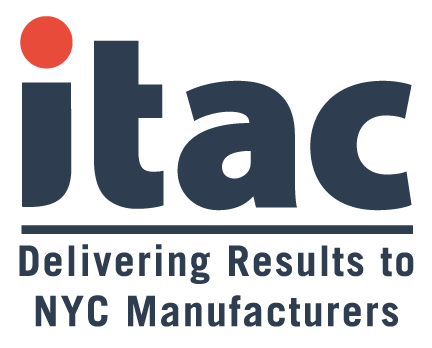There is an occurrence so commonplace among manufacturers that there’s a name for it: “runners.” Runners are the new hires for entry-level jobs, often in their 20s, who fail to return for duty after their first work break, lunch hour or first day on the job. They are out the door and never come back.
Your first instinct may be to wonder what’s wrong with them, or maybe how someone in your organization thought they would be a good fit. But if your organization has had runners, you might ask yourself a different question – what are these new hires running from?
In the current job market, people have many options, and that does not change when you hire them. New hires want to feel welcome. They want to understand what they are being asked to do and why. They want to be a part of something bigger than a specific task.
If you are struggling to retain new employees beyond the first day, week or even 90 days, it might not be about them. It may be time to look at your onboarding process. Two key questions to ask across your organization are:
● Why do our employees stay?
● How can we communicate why they stay to new employees?
Let’s take a look at what makes for a successful onboarding experience.
The Onboarding Mindset Must Begin With Leadership and Empathy
“I’m not going to learn their name or get to know them until they have been here 90 days.” Ouch. The statement is telling, regardless of whether it comes from a veteran machine operator or the company owner. Would you want to work with someone who has that mindset?
The onboarding and new hire retention processes extend beyond just the human resources (HR) department and giving a new employee the technical training necessary to operate a machine. Keys to success include:
- Involving leadership. If people are your most valuable asset, there is nothing more important than getting off to a good start with your newcomers. Leaders are role models for behaviors and culture, so they should be part of the process.
- Being more empathetic. If the golden rule is to treat people the way you want to be treated, the platinum rule is to treat people the way they wish to be treated. Listen to what newcomers say and the questions they ask.
- Stop stereotyping and making assumptions. There can be massive generational differences in attitudes and knowledge about work. You may have to teach newcomers how to meet expectations for a 40-hour per week, full-time job. Not everyone has the same experience – and that doesn’t make them bad. They don’t know what they don’t know.
Onboarding is a great opportunity for leaders and their companies to begin building trust and loyalty. Make a positive impression on your new hires when they are most impressionable. You want them running back for their second day.
The First Day: Establish Real Connections and Set Expectations
A new hire’s first day on the job should be all about connections and making them feel welcome. Help them see the big picture. It’s not just a tour of their work area but showing them what is in other areas of the building. It’s not just explaining what they will be doing but showing why they are needed at the company.
You should aspire to:
- Make them feel welcome by introducing new hires to a wide range of people, and not just in their initial work area. In fact, consider doing a round of introductions before you even ask them to fill out paperwork.
- Set expectations for what onboarding looks like, not just the first day but the first week and 90 days. If they are not meeting company leaders on the first day, let them know when that might happen. Give them a timeline for technical training as well.
- Introduce them to the company mission, values and goals. Explain what your company does, why you do it, and why your company needs them.
Onboarding is so much more than showing a new employee how to operate a machine. Messages from the first day should be reinforced throughout the onboarding process.
The First Week: Show the Big Picture, Share Pride Stories
A successful first week of onboarding will accomplish three things. The new hire will:
● Understand the business.
● Begin technical training.
● See paths to a career.
Newcomers will benefit from seeing how things are done throughout the operation. Let them see how the purchasing department orders materials and supplies. Show them how products get packaged and distributed.
Technical training should be in the hands of someone who is capable of a true skill transfer in a way the new person can learn. Just because someone is good at operating a machine does not mean they will be able to teach the proper process, techniques and nuances. They may not think to verbalize some of the things they do unconsciously. We tend to teach people the way we like to learn, but people learn in many different ways. Be sure to include visual aids with job instruction.
The first week is also a chance to show new hires different paths to a career and to create a sense of pride. Use your employees as examples. Let co-workers tell their stories about their many years of experience and why they come to work every day. Have employees talk about what they like about the company. Share stories of pride throughout your organization.
The First 90 Days: Weekly Follow Ups From Multiple Touch Points
Many new hires show they can competently operate a machine within the first week. So now what? True onboarding takes much longer, even if you are off to a good start with creating connections and building trust.
Provide newcomers with follow-up at multiple touch points during the course of their first 90 days. Examples include:
- Training: How is their training going? What else do they want to learn?
- HR: An HR check-in allows the newcomer a chance to ask questions in a safe setting. It’s also a great opportunity for your company to listen to a fresh perspective.
- Leadership: A check-in from leadership can be especially effective in building a great company culture. Yes, leaders are busy. This could be one-on-one, or a monthly session, or even a town hall.
Recognition is also important. Find ways in the first 90 days to recognize new employees for their successful training or work. Help them understand that they are going to be appreciated at your company.
Best Practices: Incentives Work When Paired With a Strong Culture
A strong company culture is a powerful tool for employee retention. For example, consider hosting company events and offering perks such as attendance incentives.
Here are four simple gestures that you might see in the onboarding process at companies with a strong work culture:
- Work buddy: A newcomer is paired with a buddy to educate them on day-to-day processes, introduce them around the company, and answer their questions as they come up.
- Mentor: They are paired with a mentor for career development (though this should not be the same person as the work buddy).
- Swag: Newcomers get a welcoming gift such as a company hat, mug or sweatshirt.
- Messaging: Newcomers are welcomed on a message board or via an email introduction.
ITAC Can Help New Employee Onboarding
Even the smallest of manufacturers can get started on improving their new hire retention by making newcomers feel welcome, introducing them to everyone on the team, and providing the support they need to learn the technical aspects of the job in the way that they learn best. ITAC can help you with a proactive approach to help your new hire retention. Contact us today to learn more.
______
ITAC is the NYC chapter of the Manufacturing Extension Partnership (MEP) network, affiliated with the National Institute of Standards and Technology (NIST). These non-profit organizations deliver technical, consulting, and workforce development services to small and medium-sized businesses in the manufacturing community.
The insight for this article originated from NIST MEP.






